Showering may be considered a first choice for inclusive bathing, but don’t disregard the bathtub for practical, next level comfort for all ages.
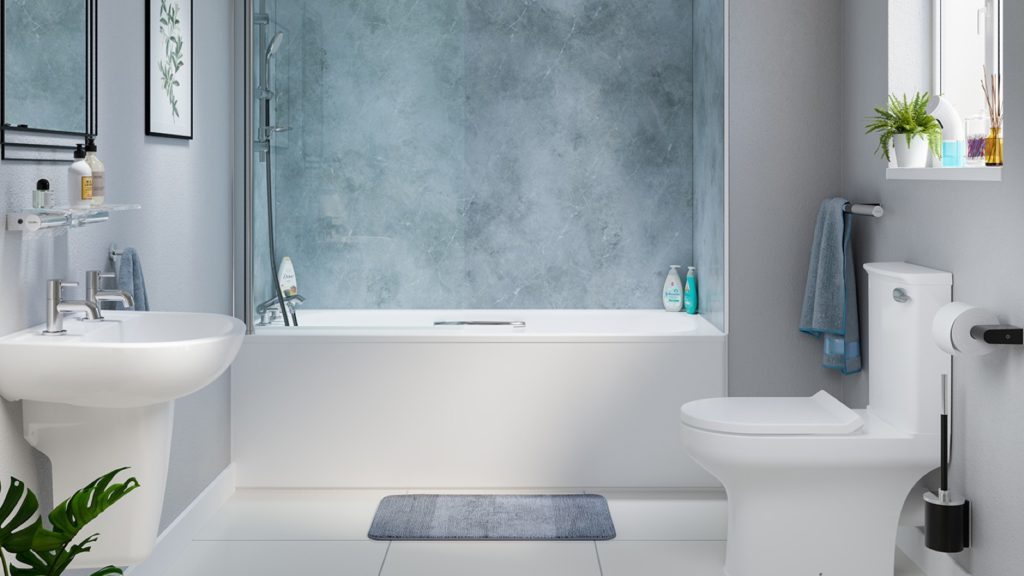
Offering baths for the first time, AKW provides anti slip, single-ended steel and enamel baths withadjustable legs, handles, a waste and overflow
With multi-generational households accounting for 1.8million households and up 38% on 2009, according to CBRE, it means bathroom designers need to consider a variety of users for a bathroom space.
Naturally, it has seen the rise of the walk-in shower which suits the need of the older generation as it reduces the barrier of entry and exit.
Sponsored Video
However, a CBRE survey found the growth in multi-generational homes has actually been driven by the millennial generation, with 41% still living in the family home.
So, don’t completely rule out bath tubs to solve the bathing requirements of multi-generational homes.
Bath growth
Sales and marketing director of RAK Ceramics Ben Bryden says: “When it really comes down to it, baths are still very popular.
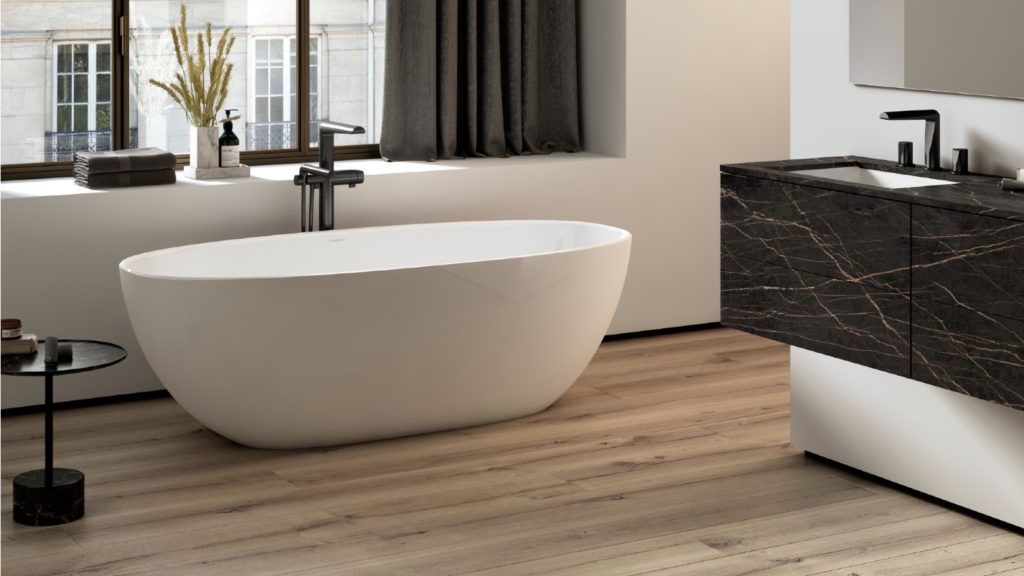
The Victoria + Albert Barcelona range features three models measuring 1500, 1700 and 1800mm and has been designed for optimal back support
“Sales remain strong and our customers tell us that including a bath as part of a bathroom redesign is very often a priority.”
In fact, he points out: “Multi-generational living is about catering for a variety of different needs and creating a comfortable bathroom for everyone in the household.
“That, of course, is likely to include a bath as this is often the most suitable solution for people with young families.”
And managing director of Trojan Plastics David Mosley puts some figure to the strength of bath sales, commenting: “It is reported that between 2017 to 2021, overall market shares have increased by 12% and at Trojan we have seen a 10% increase in sales over the past two years.”
Comfort built in
Manufacturers have worked hard on creating easy-access baths for a variety of users, such as walk-in baths.
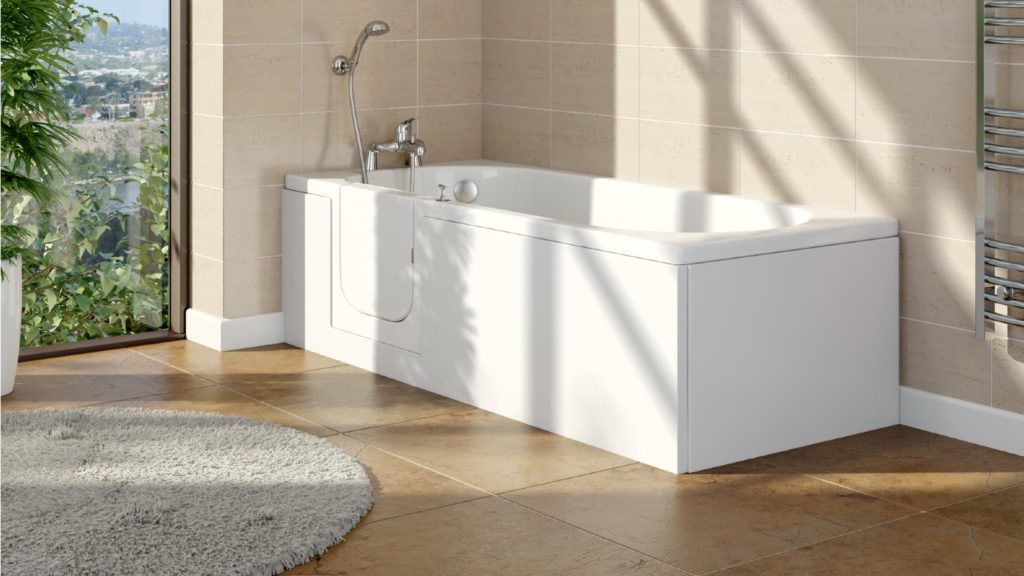
Mantaleda offers the Avrail walk-in bath with door access, which comes in a choice of 1500mm and 1700mm lengths
And they have looked at providing a variety of accessible models, with AKW recently introducing its first bath to its Beautiful Bathrooms collection.
Bette believes “super comfortable” baths with organic-shaped interiors will be big news while head of marketing and product management at Saniflo UK Ann Boardman believes “statement” baths will drive sales.
She points out: “The Kineduo – thanks to stunning glass panels – can certainly make a statement, whilst ensuring practicality for all age groups.”
And she points to the trend for personalisation, adding: “The ability to customer to suit less able customers will also become more of a priority.”
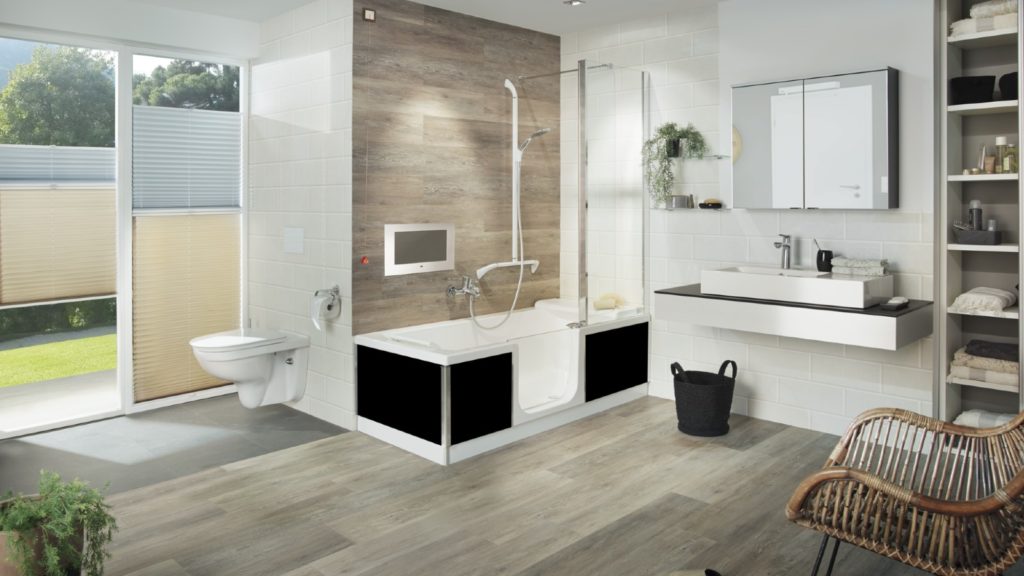
The Kineduo from Kinedo can be customised by customers with a range of showers, bath and shower panels, grab rails and seats
While Ben Bryden of RAK Ceramics points to the practicality of built-in baths to reduce spillages and therefore the potential of slipping in the bathroom for all generations: “Built-in baths are particularly popular options at the moment.
“There are lots of reasons for this, including the practical advantages this option offers.
“A built-in bath reduces the chances of splashing and spillages when there are small children and even pets to be bathed, and because it fits flush to the wall it’s a great space saver too.”
Anti-slip safety
In addition, suppliers have also looked at enhancing safety with anti-slip. David Mosley of Trojan Plastics points out: “Alongside each of our baths, we also offer an anti-slip coating to reduce the danger of falling” and adds the company also offers grips on selected models.
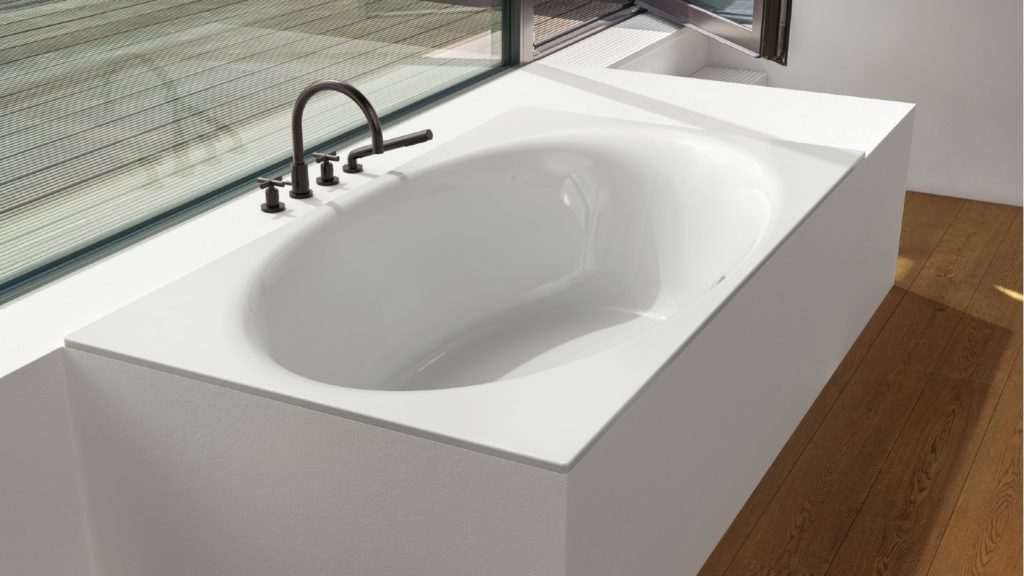
With an organic-shaped interior, the BetteEve bath from Bette is shown here as a built-in model and comes with optional Bette Anti-Slip Sense.
And Bette has recently introduced Anti-slip Sense across not only its showering but also bath models, which works with the weight of the body against the wet surface.
It offers maximum slip resistance, in accordance with group C of DIN 51097.
Head of marketing and product development at Bette Sven Resinghoff continues: “Bette has just launched a new kind of anti-slip finish which is almost invisible, easy to clean and can be applied to the entire interior of any of Bette’s glossy glazed titanium-steel.
“The introduction of Bette Anti-Slip Sense means that a bath with anti-slip doesn’t have to look or feel like it has anti-slip.
“This makes it perfect for multi-generational living too, as there is no need to compromise on style, comfort and ease of cleaning.”
He adds: “Bette also offers a range of unobtrusive chrome and white grips which can be factory-fitted to a wide range of Bette baths.
Sustainable bathing
It’s not only meeting the needs of generations now, but also the future, which will dictate bath sales going forwards. It means a focus on durable and sustainable materials going forwards.
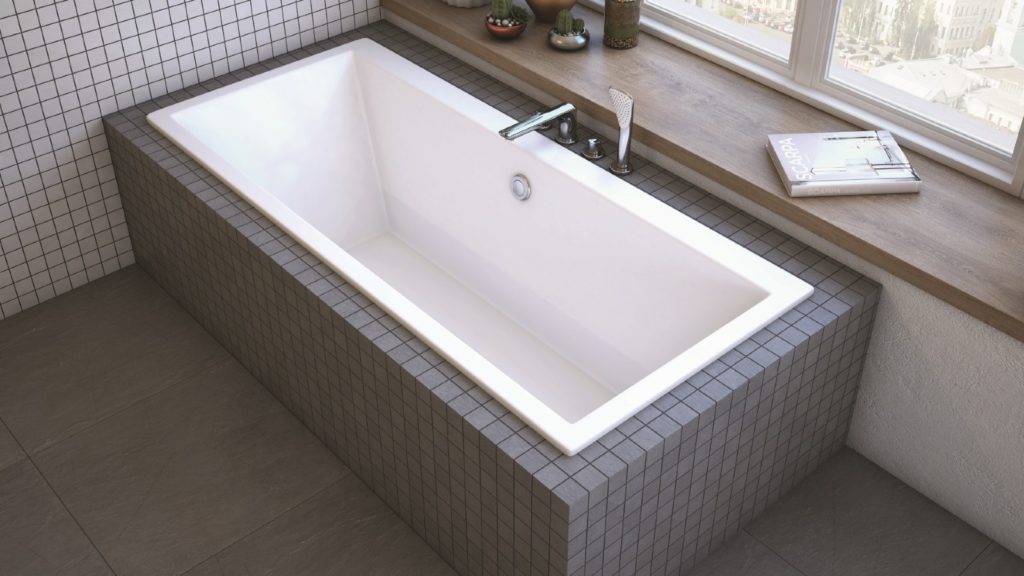
The RAK-Evolution drop-in bath, from RAK Ceramics, measures 1750 x 750mm and is double-ended. Made from acrylic it comes in Alpine White
Kaldewei has recently announced it will manufacture baths and shower trays in bluemint® Steel, which is CO2-reduced steel with an emissions reduction of 70%.
CEO of Kaldewei Franz Kaldewei commented: “With the reduction of CO2 in the steel production, we overcome another hurdle in order to be able to offer our customers a premium product that combines modern luxury in the form of exquisite materials and sensual design along with sustainable thinking and action. We call this ‘Luxstainability’.”
Whereas Trojan Plastics believes the global move towards reducing emissions must not only be on renewable energy.
Although the company sources its electricity from renewable energy providers, having invested in solar panels, it also believes the number of miles a product will travel is important.
David Mosley adds: “At Trojan, our main raw materials are purposely sourced locally to not only keep lead times down but also the carbon footprint that is created in delivering them.”
Future plans
Arguably the key to selecting baths for a multigenerational bathroom is not only about considering materials to help protect generations but also impending needs of the clients.
While bathroom designers may take into account the current requirements of users, accomplished professionals will plan for the future too.



